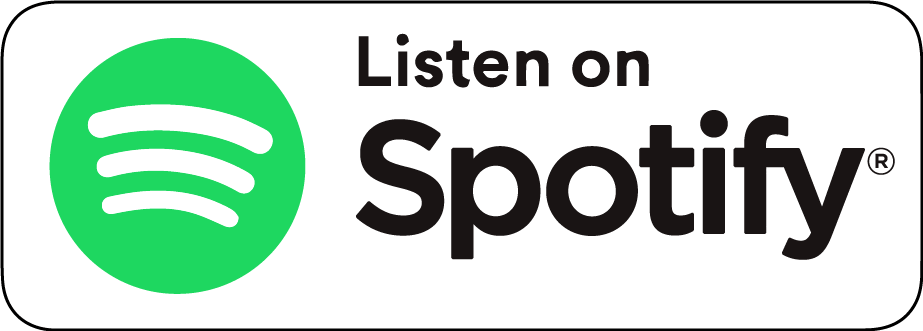I suppose I should preface this article by saying that it has nothing to do with “design” at least not in the sense you might initially think.
Instead this is about constructing the core facets of what separates a working model website from a broken model website.
I recently had the opportunity to present this information to FMI when they hosted their annual Arizona event and although I won’t input the entire hour-long presentation material; I do want to share the most important take-home message with you on here.
First; it is important to analyze how a website for a model is currently constructed; then to look at the problem with that structure; and finally to propose an enhanced and improved orchestration.
So to start things off; tell me if this sounds familiar.
You’ve got a model; we’ll call her “Jessica” for the purposes of this conversation. Jessica decides she wants a website so she can book some additional work.
She has a home page that tells people who she is and what she do. She has a page for her photos. She has an FAQ page she spent time thinking about what people typically ask her. And there is some means to contact her.
But apart from her friends telling her how nice her website looks; Jessica is not noticing any real work come in through her website.
So what is the problem? Her website has about all of the same content that any other model’s website she sees. Why is it not bringing in any business?
The problem with this approach is that the website is only attempting to have one conversation with every visitor that lands on the page. Ever tried calling into a customer service line and the agent on the phone only reads off a script; but is not really responding to what you are asking or what you need? It is a bit like that.
Let’s say, for example, a magazine editor lands on your website but is seeing messages only about how you (as the model) shoot for advertising campaigns. You’ve lost the opportunity to convert that visitor into a client.
Or suppose a photographer wants to book you for a project; but there is nothing on the website which would provide information on the types of photo projects you can be booked for. You’ve lost another opportunity.
Or a clothing designer visits your page; but only see’s about your fitness work and not your fashion work (which is what they are looking for); thus you lose yet another.
Has the solution become obvious yet?
You are not targeting just one single type of client; you are targeting multiple categories of customers. There are publishers, commercial clients, designers, photographers, casting agents, directors, local business owners and so on.
In order to be successful; your website needs to engage each type of visitor separately.
Start where the market bulge is. Let’s say your biggest market is a certain genre of magazines. Okay; so you create specific page(s) geared towards those clients, using the language they would use, answering the questions they would ask, leading them to seeing you as the solution to their need.
Then perhaps your secondary market is local clothing designers. So you create additional page(s) on your website targeted towards them and their needs.
Thus; developing your website is not about what the design looks like. It is about taking the time to understand who you are communicating with and how can you attract them and solve their needs? Everyone type of visitor will require a complete unique type of approach.
And if your website visitors land on a page which is directly suited to their wants and their needs; they are far more likely to be engaged enough to proceed onto the next step (whatever you determine that step may be).
In the coming weeks I plan to do additional articles to capture additional key messages from my website conversion presentation. And as always, should you have any questions; please do not hesitate to get in touch with me.
JP
Portfoloipatrick.com



